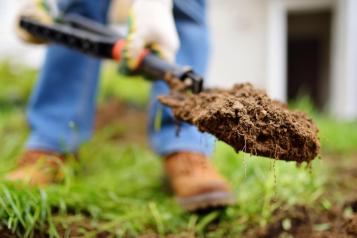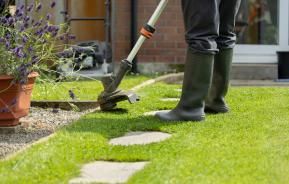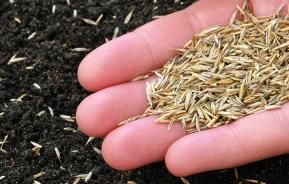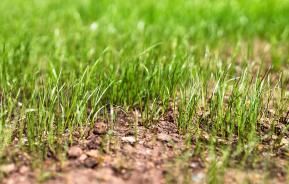Levelling a lawn by hand is a straightforward process and the results are well worth the effort!
Why is my lawn uneven?
Some of the most common causes of uneven lawns are:
Animals
From burrowing moles to foxes looking for food, animals are a main cause of uneven lawns as they will happily stray into your garden in the months your lawn is at its most vulnerable. If moles or cats are a problem in your garden, there are steps you can take to get rid of them.
Cold weather
In winter the moisture in the soil can freeze, pushing the ground upwards as it expands. Once the soil thaws, the ground may settle back into place on its own, but prolonged icy weather can leave humps which need to be dealt with.
Playing on the lawn

Lawns are a fantastic place for children to play, but running, jumping or even just walking on wet soil compacts it, causing uneven areas as well as drainage problems. This is not only bad for the health of the grass but can cause long term issues for the soil surface.
Earthworms

Having earthworms in your garden is a sign that your soil is in good health, but the ‘worm casts’ made up of digested soil, thatch and organic materials that they leave on the grass can make the lawn look uneven. The simplest solution is to let the casts dry, then brush them back into the turf where they will act as a soil improver.
Soil settlement
Rocks and debris beneath the soil can affect the level of your lawn, causing some areas to settle lower than others. To resolve this, excavate the affected areas and break up any rubble underneath, taking care not to damage any pipework.
Drainage problems
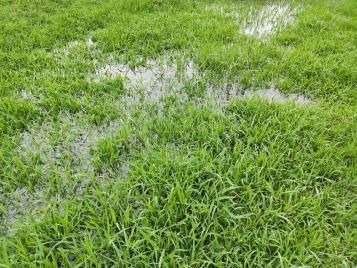
If low areas in your lawn occur around drainage pipes, it’s best to get an expert in to check the pipework and repair it if needed. Your local council should be able to provide information about drainage pipework routes on your property.
If your drainage pipes are all in good order but your lawn still has drainage issues, you may need to re-grade the lawn so that it slopes away from your property to avoid flooding, or install land drains. These are perforated pipes which are buried in the ground. Excess water in the soil soaks into the pipes through the perforations and can then be channelled away.
Once any drainage issues have been resolved, you can start to flatten your lawn.
When to level a lawn
The best time of year to level a lawn is spring, once the frosts have passed and the grass has started to grow again. This allows time for the turf to recover and newly sown grass seed to root well before summer.
Methods of levelling a lawn
There are two methods of levelling a bumpy lawn, depending on how deep the low spots are. Whichever method you use, water the lawn thoroughly a couple of days before doing any work, so that the soil is moist.


